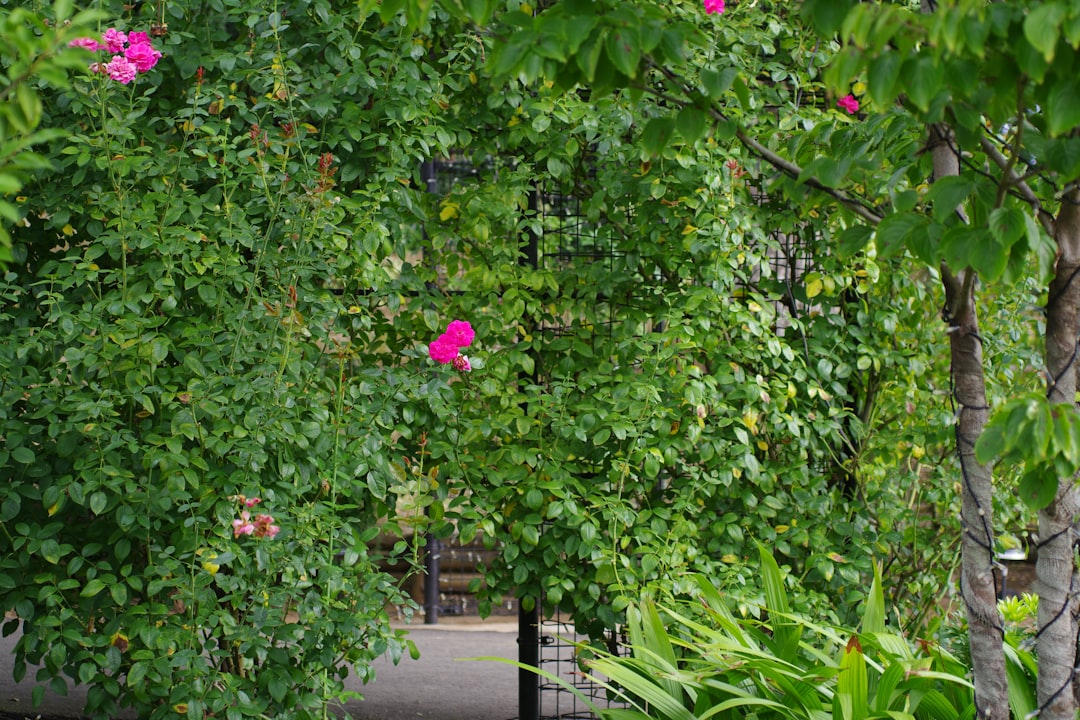The Hidden Gems of Shaded Gardens: Bergenia

When it comes to creating a lush and vibrant garden, especially in areas with limited sunlight, Bergenia emerges as a true hero. This unassuming yet remarkable plant is a clump - forming perennial that has earned its place as a staple in many shaded gardens around the world.
Bergenia is incredibly easy to grow, making it an ideal choice for both novice and experienced gardeners alike. Its adaptability to various soil conditions is one of its most endearing qualities. Whether your soil is sandy, loamy, or even slightly clayey, Bergenia can thrive. It prefers well - drained soil, but it can tolerate short periods of wetness, which is a great advantage in areas with unpredictable rainfall.
One of the primary uses of Bergenia is as a groundcover. In shaded areas where grass struggles to grow, Bergenia steps in to fill the void. Its large, leathery leaves form a dense mat that not only suppresses weeds but also adds a touch of elegance to the landscape. The leaves are often a deep green color, but some varieties may have a hint of red or purple, especially during the cooler months. This color variation adds visual interest to the garden throughout the year.
As edging for shaded walkways, Bergenia is a perfect choice. Its low - growing habit and compact form make it an excellent border plant. It creates a neat and defined edge along the walkway, guiding visitors through the garden while adding a splash of color. The flowers of Bergenia are another highlight. They bloom in early spring, emerging on tall, sturdy stems above the foliage. The flower clusters can be pink, white, or even a deep magenta, depending on the variety. These colorful blooms attract pollinators such as bees and butterflies, enhancing the biodiversity of your garden.
Planting Bergenia is a straightforward process. You can start with young plants from a nursery or propagate them from divisions. If you choose to divide an existing Bergenia plant, do it in the early spring or fall. Dig up the clump carefully and separate it into smaller sections, making sure each section has a good root system. Replant the divisions at the same depth as they were originally growing, and water them well. With proper care, they will quickly establish themselves in their new location.
When it comes to care, Bergenia is relatively low - maintenance. Water it regularly during the first growing season to help it establish a strong root system. Once established, it is fairly drought - tolerant, but it will benefit from occasional deep watering during dry spells. Fertilize Bergenia in the spring with a balanced, slow - release fertilizer to encourage healthy growth and abundant flowering. Pruning is also minimal. You can remove any dead or damaged leaves in the spring to keep the plant looking tidy.
Bergenia also has some interesting cultural and historical significance. In some regions, it has been used in traditional medicine for its supposed healing properties. While modern scientific research is still exploring these claims, it adds an extra layer of intrigue to this already fascinating plant.
In conclusion, Bergenia is a versatile and beautiful addition to any shaded garden. Its ease of growth, attractive foliage, and colorful flowers make it a must - have for gardeners looking to create a stunning landscape in areas with limited sunlight. Whether used as a groundcover or as edging for walkways, Bergenia will bring life and color to your garden for years to come.